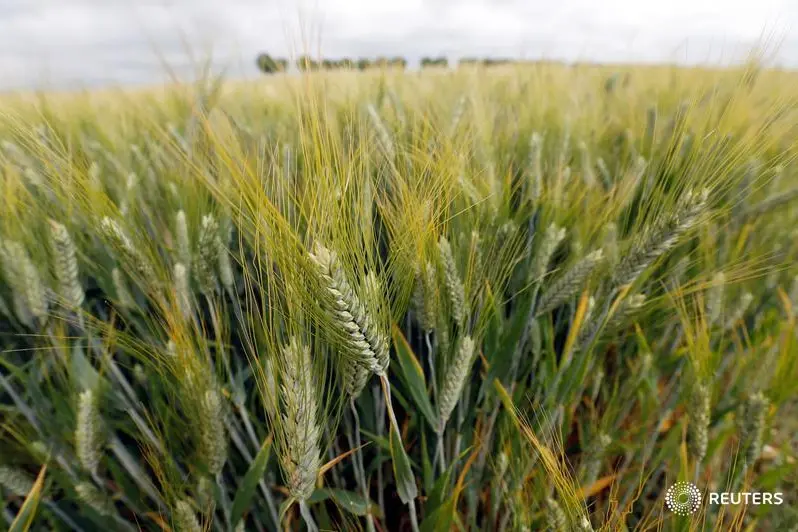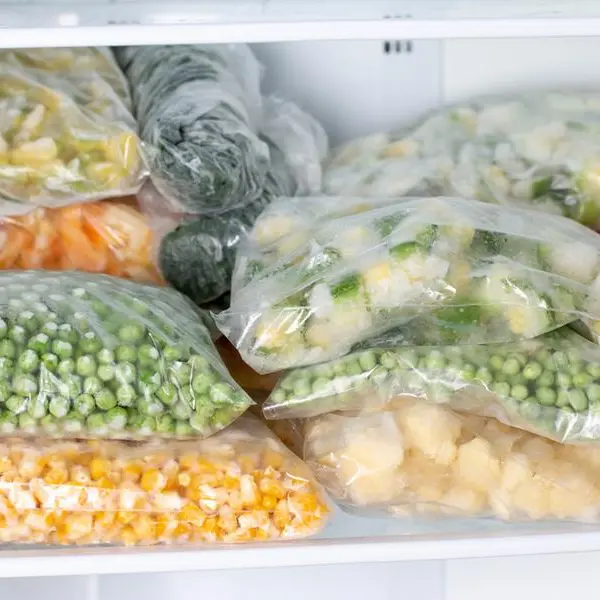PHOTO
SINGAPORE- Western Australia, the country's biggest wheat exporting state, is poised for near-record harvests of the crop this year after rains in the region in August, even as the eastern grain belt grapples with its second year of punishing drought.
Wheat yields in the state, a key supplier to the world's biggest importer Indonesia, are expected to be better than average in most areas, analysts and traders said.
"Western Australia had very good rains in August and even if it does not rain much in September, the crop is pretty much made," said Phin Ziebell, an agribusiness economist with National Australia Bank.
"We are looking at above-average yields and half of Australia's production or more will come from Western Australia this year."
Higher output in the state could help temper worries about overall supply from Australia, historically the world's fourth largest exporting nation, where fields in the east have been hit hard by another year of scorching conditions.
Australia's latest dry spell overlapped with a lack of rains in other key exporting countries in the northern hemisphere, including the world's biggest exporter Russia, stoking global supply concerns.
Benchmark Chicago Board of Trade wheat Wv1 futures have gained more than a fifth this year in the face of tighter supply, after enjoying five consecutive years of record production and lower prices.
Wheat output in Western Australia, which has a short voyage of 5-7 days to Indonesia, is expected to reach close to an all-time high of 11 million tonnes compared with an average of 8.4 million tonnes in the last decade, according to the analysts and traders.
They said that overall Australian production would come in at around 20 million tonnes this year, down from last year's 21.2 million tonnes and well below a record 31.8 million tonnes in 2016/17.
However, despite the larger overall crop size in Western Australia, grain quality is expected to be below average.
"(The state) will have more Australian Standard White wheat and less Australian Premium wheat," said a Singapore-based trader at an international trading company.
"For higher quality wheat, buyers will have to look at Canadian or U.S. spring wheat," he added, declining to be identified as hew was not authorised to speak with media.
In the southern states of Victoria and South Australia, wheat production is expected to be average or below average.
"It has been a bit patchy in South Australia and Victoria," said Ziebell. "Some areas have done very well, while others have remained dry."
GETTING WORSE
The drought across Australia's east coast has recently intensified, the country's weather bureau said on Wednesday. urn:newsml:reuters.com:*:nS9N1TH00K
Final wheat exports from Australia will depend on how much wheat eastern states ship in from Western Australian to meet local demand. The country exported 15.99 million tonnes last year, official data shows.
"It all depends on feed and milling wheat demand on the east coast and how the summer sorghum crop does," said a second Singapore-based trader.
"But they have to export, maybe around 10-11 million tonnes, and Australia prices have to come down. As of now the Black Sea region is dominating."
Australian Premium White wheat is being quoted around $290 a tonne, cost and freight (C&F), into Indonesia for December shipment, compared with Russian wheat trading at $250 a tonne, C&F.
(Reporting by Naveen Thukral Editing by Joseph Radford) ((naveen.thukral@thomsonreuters.com; +65-6870-3829; Reuters Messaging: naveen.thukral.thomsonreuters.com@reuters.net))












